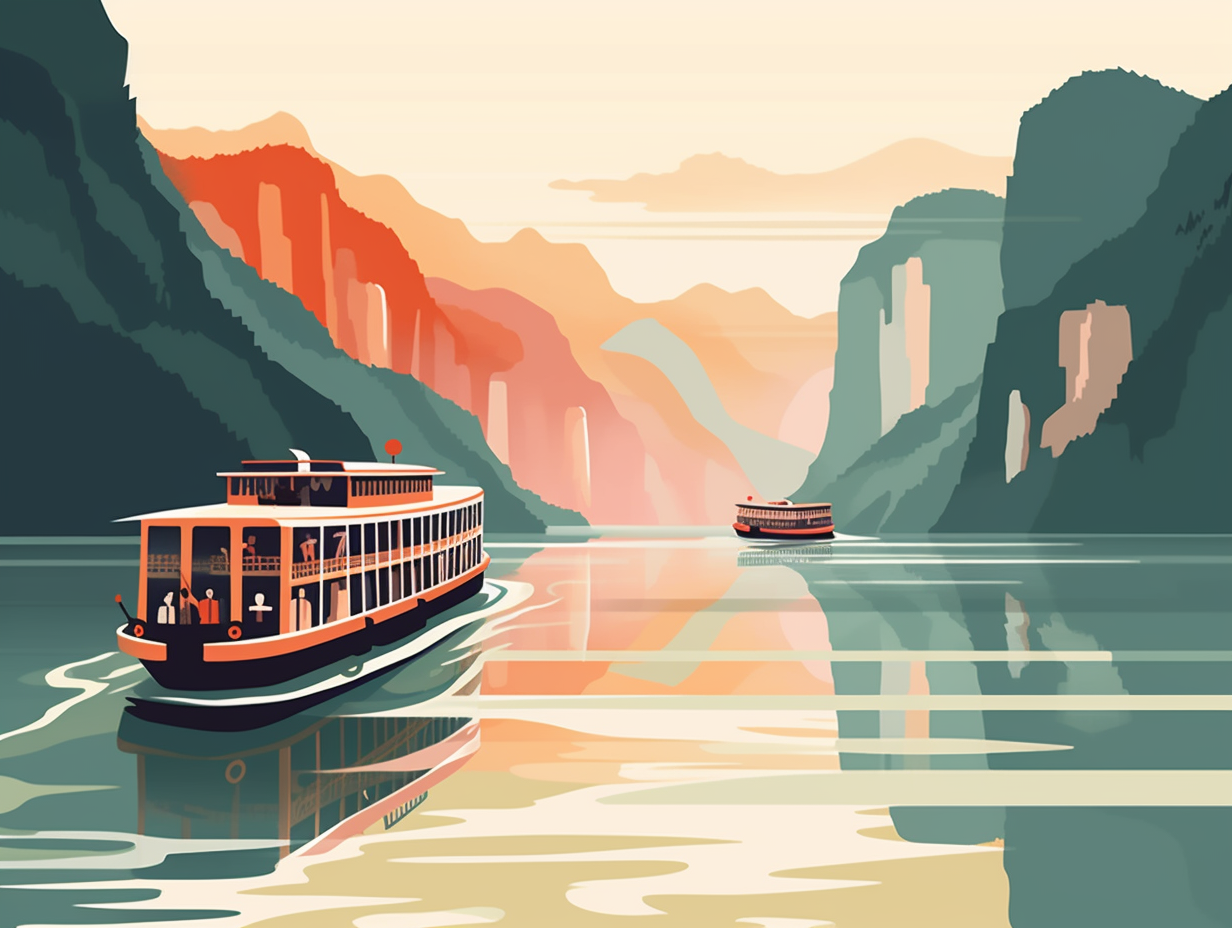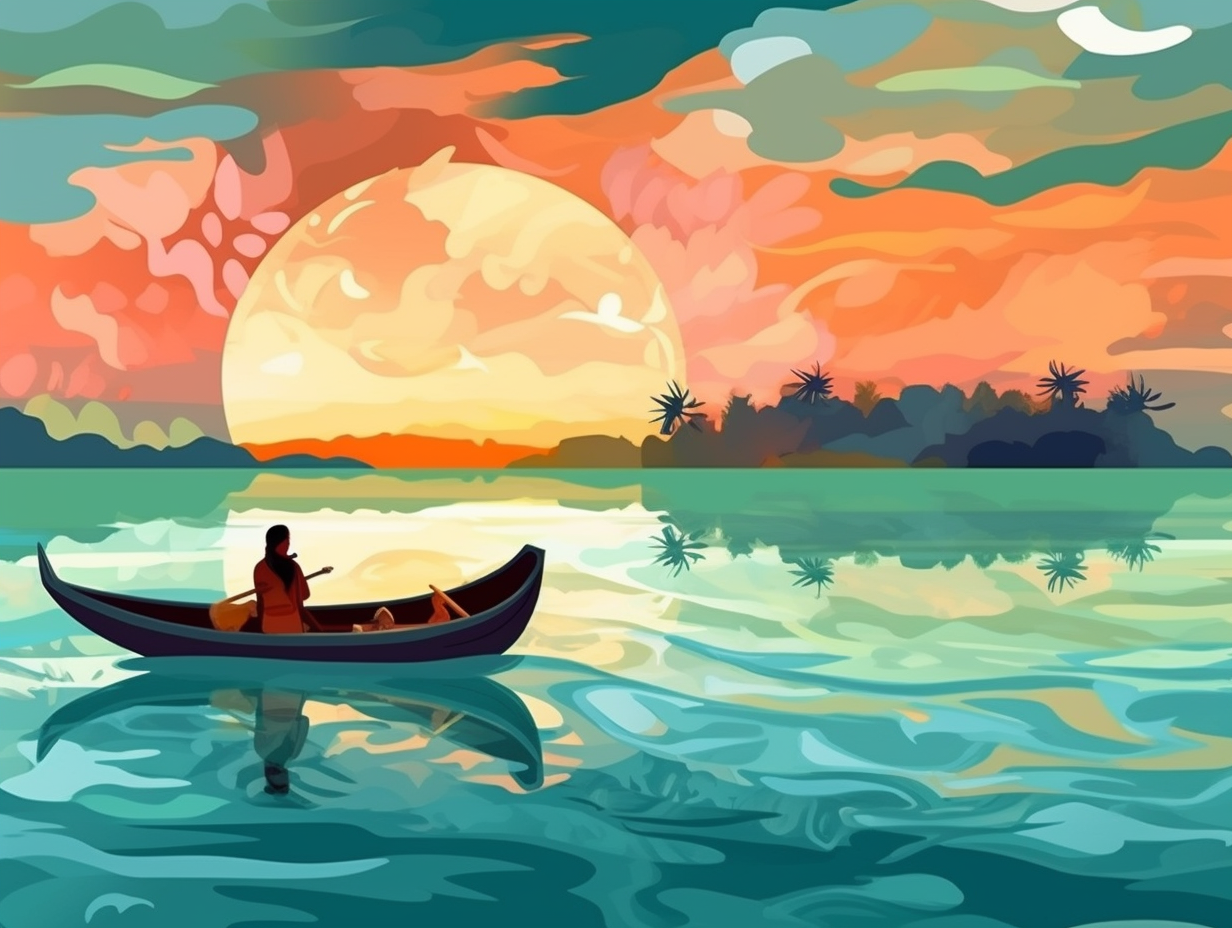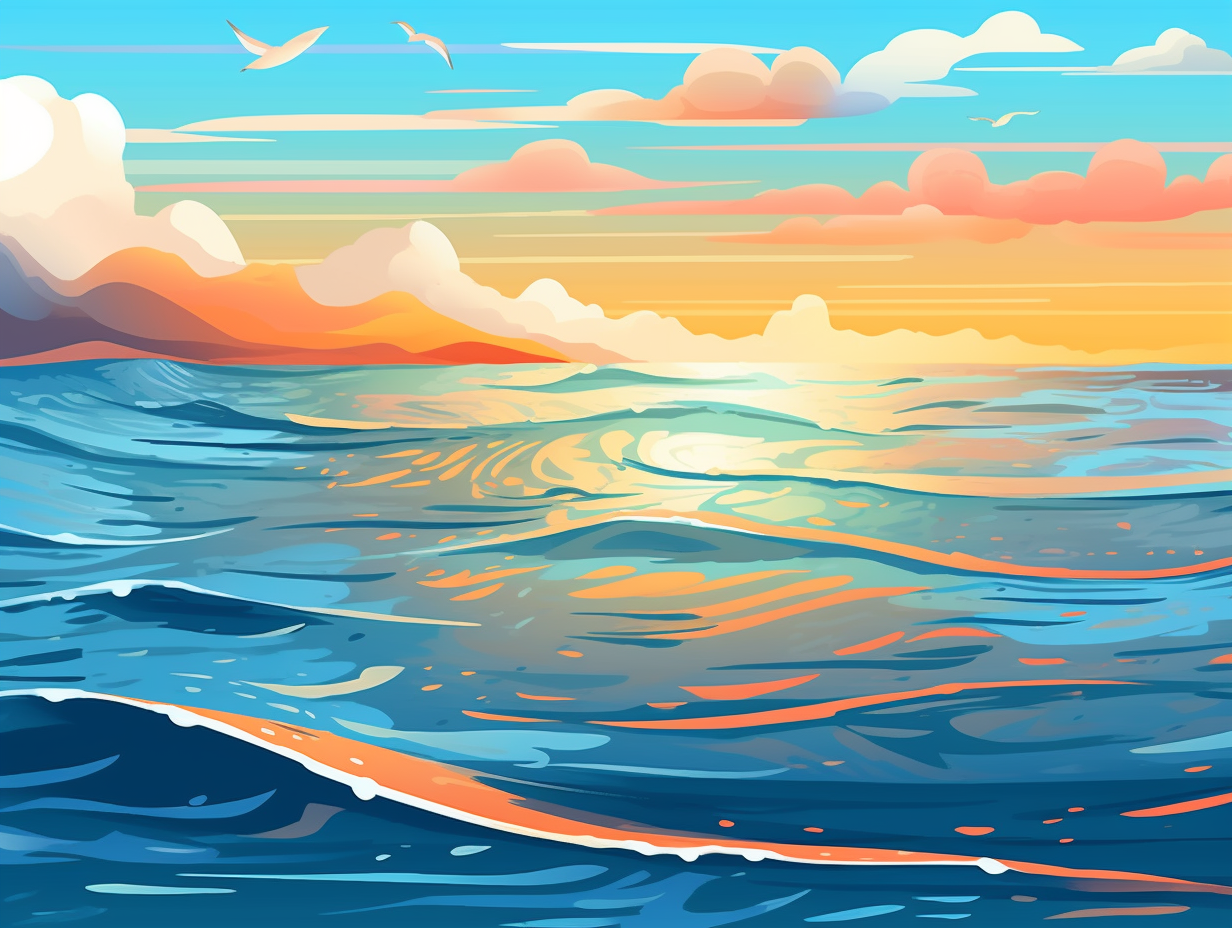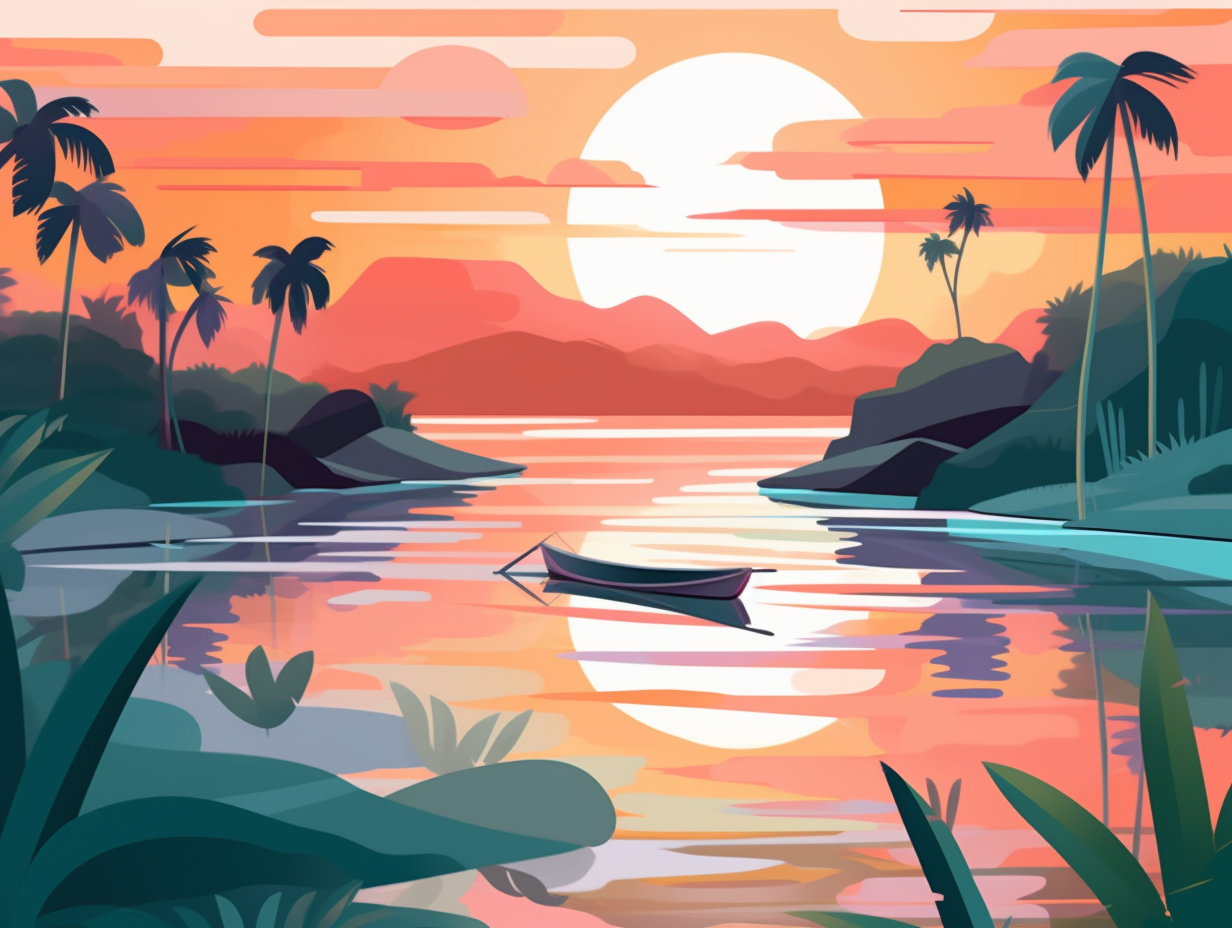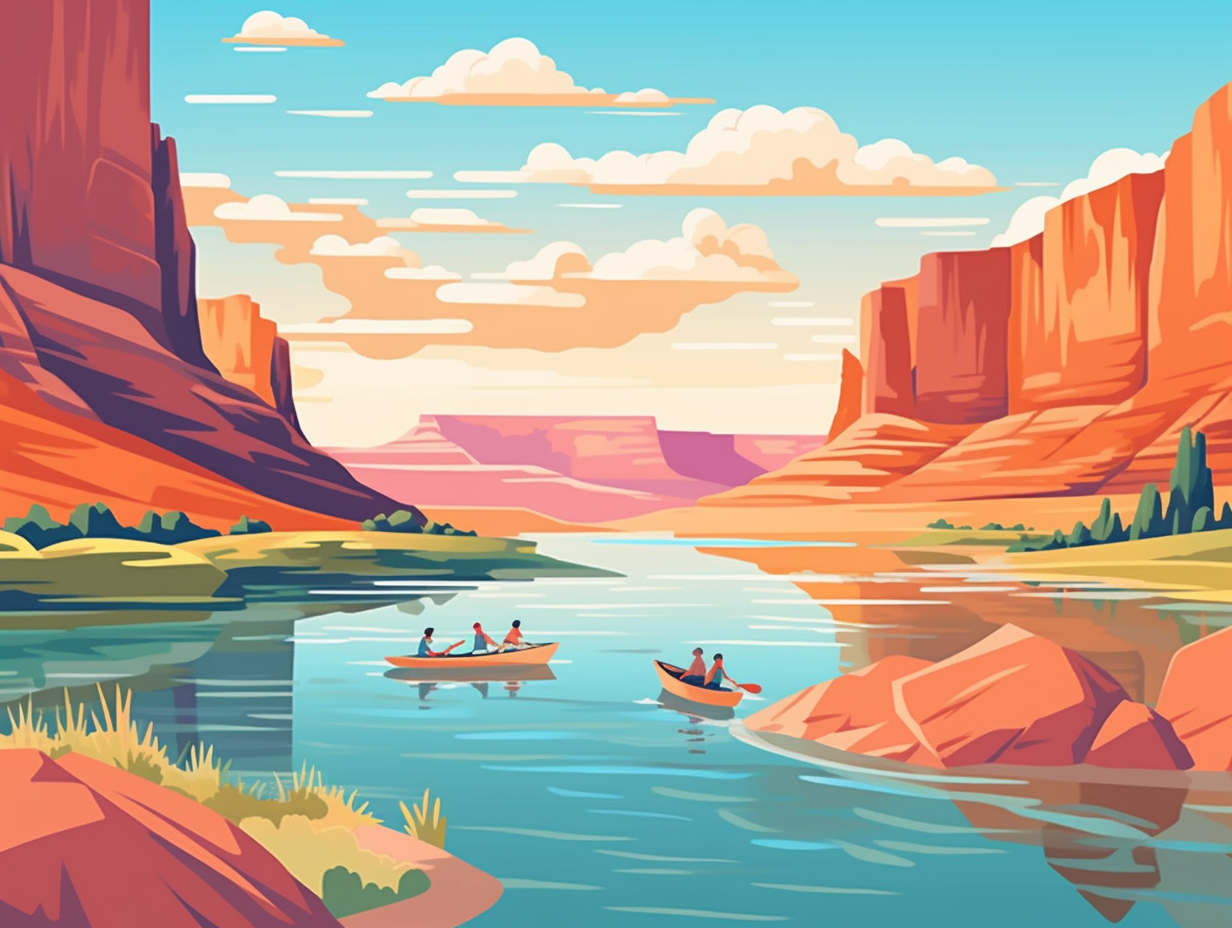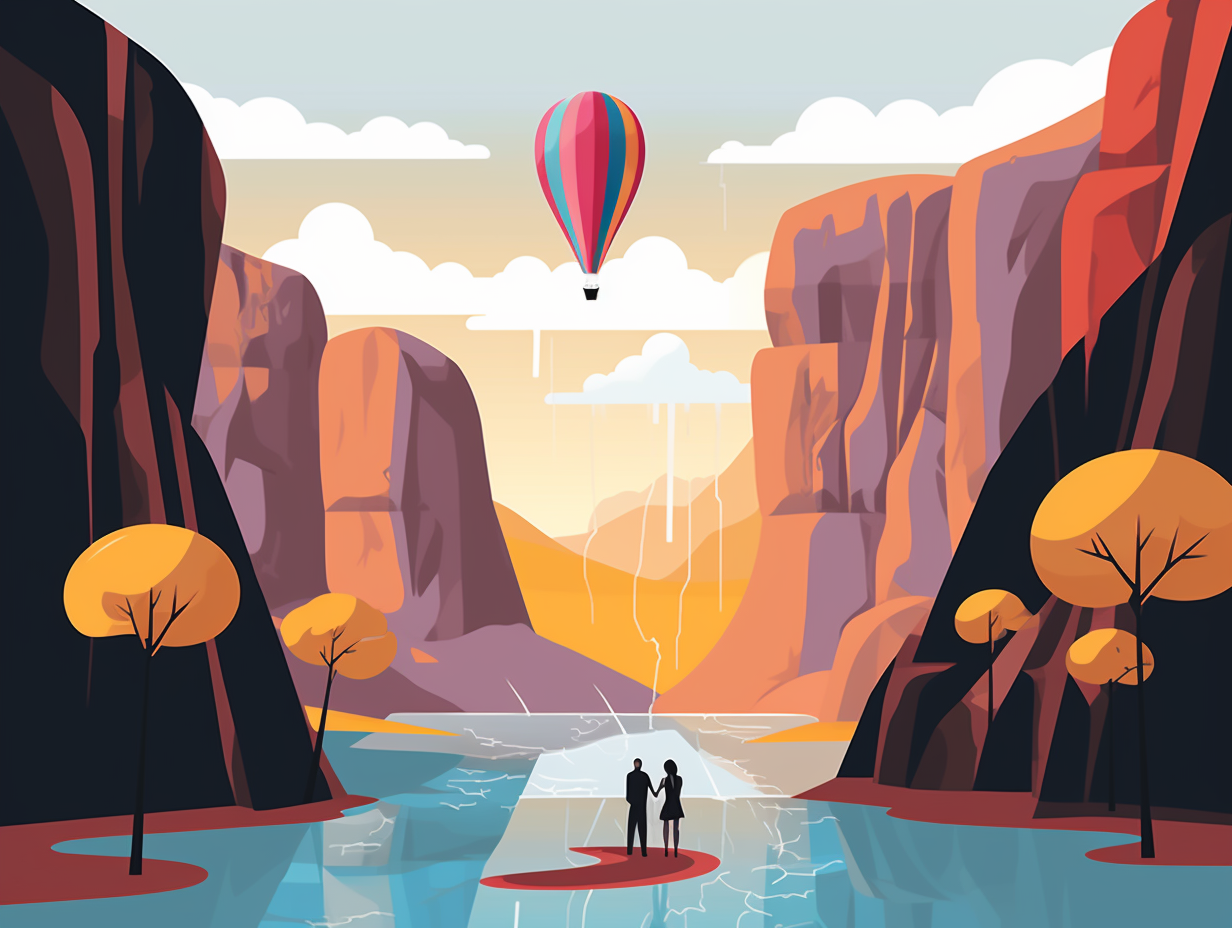Discover the Magic: Top 7 Fun Facts About the East China Sea You Never Knew!

1. Dragon King's Epic Birthday Bash
Who's the king of the East China Sea, part-time rainmaker, and hosts an epic birthday party on the 13th day of the sixth lunar month? It's the Dragon King, of course: A revered Chinese water deity responsible for controlling water bodies and summoning rain, the Dragon King also serves as a territorial guardian and holds a spot among the league of the Five Dragon Kings of the Four Seas.
Source => en.wikipedia.org
2. Japanese Spider Crab: Miss Leggy Universe
If crustaceans held beauty pageants, the Japanese Spider Crab would surely take home the title of "Miss Leggy Universe": This colossal crab, calling the southern coasts of Japan's Honshū island home, boasts an astounding leg span of up to 3.7 meters (12.1 feet) and can weigh up to 19 kg (42 lb). Quite the catch, indeed! Alas, their massive appeal has led to overfishing and consequent conservation efforts to save these gargantuan, deep-sea runway stars from disappearing altogether.
Source => en.wikipedia.org

Did you know the Pacific Ocean is so massive that it could fit the Atlantic Ocean twice and still have room to spare? Dive into more fun facts about this colossal ocean, including its deepest secrets, by clicking "read more"!
=> Fun Facts about The-Pacific-Ocean
3. Gas Field Tug-of-War: China vs. Japan
The East China Sea is like two kids fighting over a pack of gum in the backseat of a road trip through Asia: it's full of drama, power moves, and furious negotiations. But replace the gum with gas fields: this body of water houses the controversial Chunxiao gas field, discovered by China in 1995 and hotly disputed by Japan, who claims China may be tapping into reserves beyond their economic boundaries – leading to a tug-of-war that has triggered joint projects and protests alike.
Source => en.wikipedia.org
4. Loggerheads vs. Green Turtles: Migration Showdown
In a turtle race for the record books, loggerhead sea turtles have quite the commute, but still can't out-swim their green cousins in the Pacific's version of "Finding Nemo": These endangered loggerheads (Caretta caretta) travel vast distances across the Pacific from Japan to the United States, primarily nesting on Western Pacific beaches in Japan, Taiwan, and mainland China. However, they fall short of taking the title for longest marine reptile migration, as the green turtle (Chelonia mydas) holds that record, with some individuals swimming an astounding 1,400 miles from their nesting grounds in Ascension Island to their food-filled haven off the coast of Brazil.
Source => en.wikipedia.org
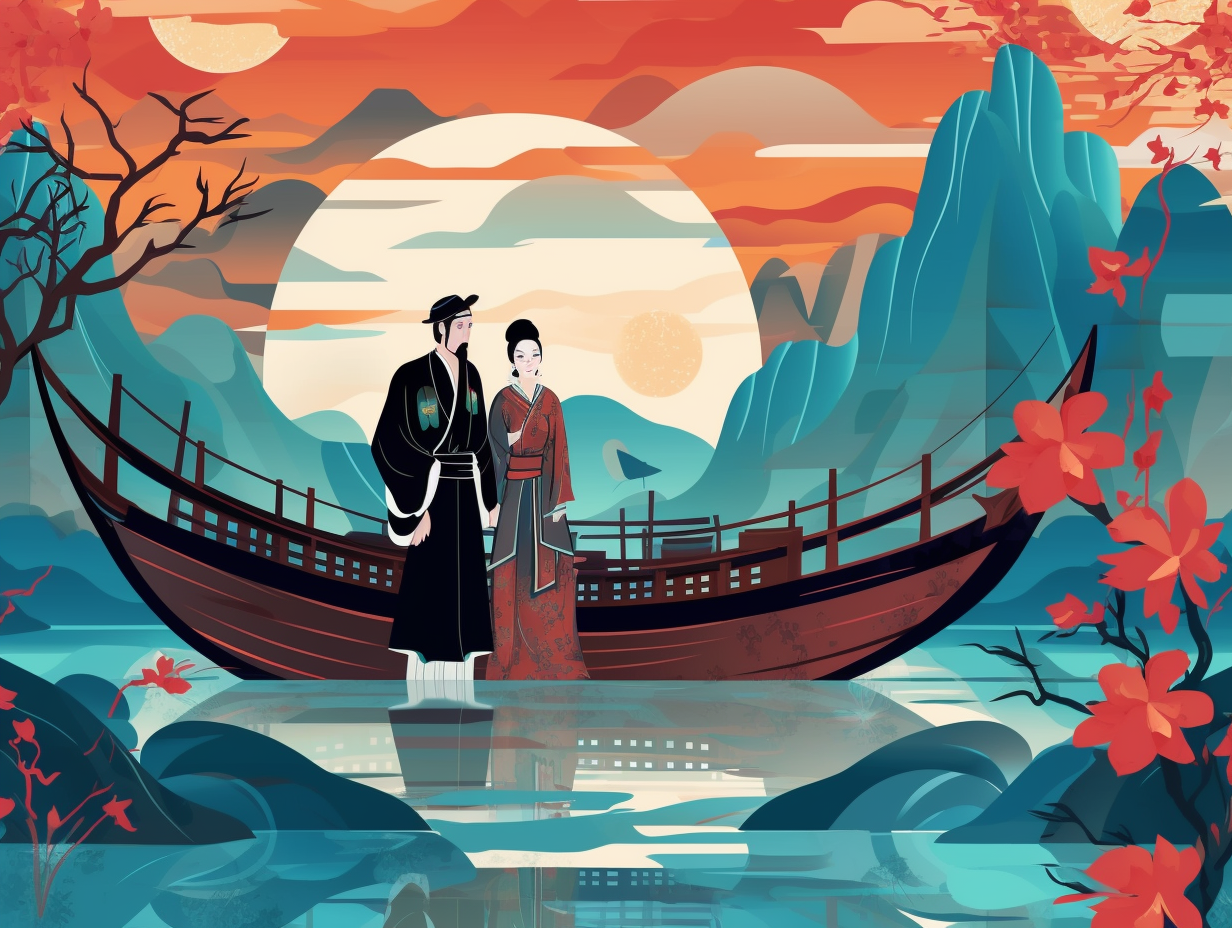
5. Sushi Conveyor Belt: Kuroshio Current
Ready to ride the ocean's most epic conveyor belt? Hold on to your sushi rolls, folks: The Kuroshio Current in the East China Sea is a whopping 100 kilometers wide and its swift, warm, nutrient-rich waters create a marine wonderland, impacting not just the incredible diversity of North Pacific Ocean but also global weather and climate patterns.
Source => en.wikipedia.org
6. East China Sea: China's Got Talent Star
If the East China Sea were a contestant on "China's Got Talent," it would surely have a roaring audience and judges in awe with its stunning watery prowess, irreplaceable historic value – oh, and not to mention, its charming island companions: The East China Sea, a key player in China's history and culture, boasts the Four Seas literary title, and proudly claims Donghai Island, the largest of its kind in the sea, along with other notable divisions like Donghai County in Lianyungang, Jiangsu, and Donghai Subdistrict sprinkled across various districts and cities.
Source => en.wikipedia.org
7. Yonaguni Monument: Underwater Atlantis Debunked
Move over, Atlantis: there's another mysterious underwater world to explore! Nestled in the depths of the East China Sea lies the Yonaguni Monument, a bizarre rock formation that has divers and conspiracy theorists all atwitter. But don't grab your tinfoil hats just yet: according to experts, this enigmatic structure, discovered in 1986, is actually a natural wonder formed from medium to fine sandstones and mudstones of the Lower Miocene Yaeyama Group, dating back around 20 million years ago. So, sadly, no aquatic aliens living in underwater pyramids here – just good old geology at work!
Source => en.wikipedia.org
Related Fun Facts

